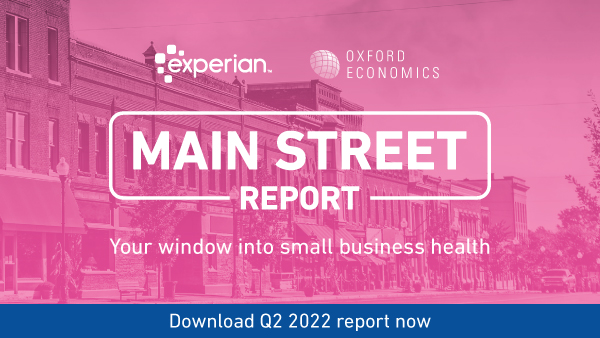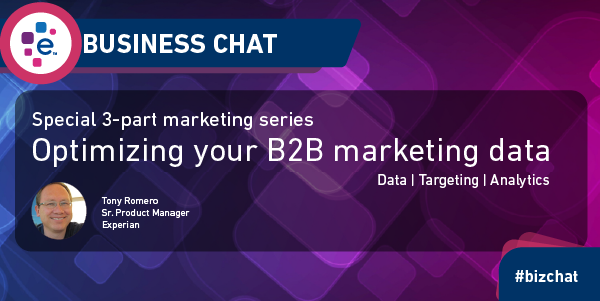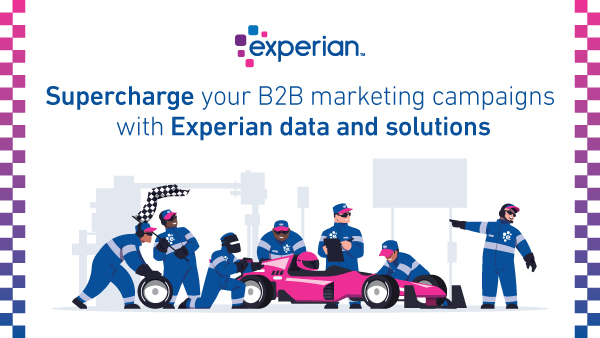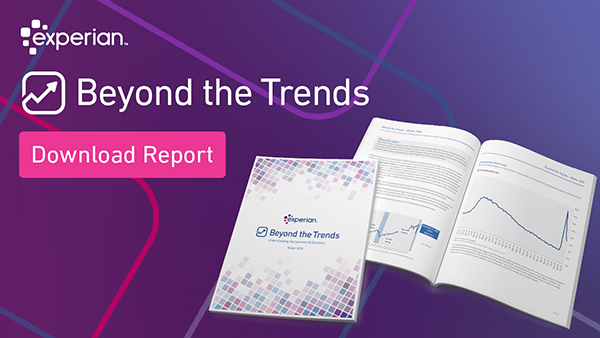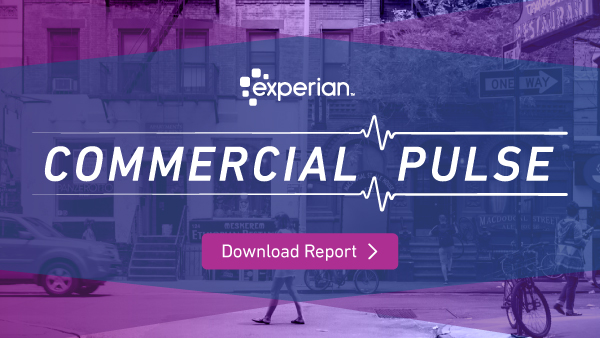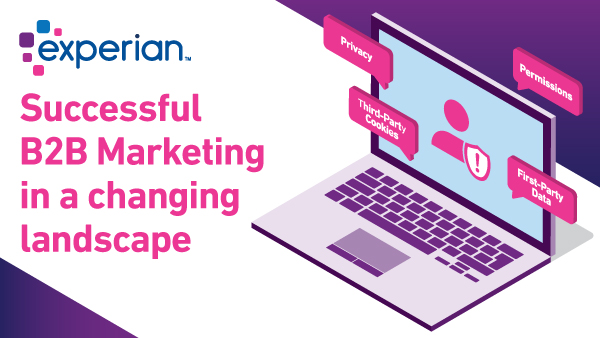We start this post off with the words of a song from the great Bobby Dylan, who we've loved for so long.
Come gather 'round people, wherever you roam
And admit that the waters around you have grown
And accept it that soon, you'll be drenched to the bone
If your time to you is worth saving
And you better start swimmin'
Or you'll sink like a stone
For the times they are a-changing
For any B2B marketer worth their salt, you realize the times indeed are a-changin', and with them, the way businesses must market themselves to be successful. As a result, big tech companies have started to buckle down on cross-browser tracking, email delivery tracking, ad targeting, and other changes that will keep marketers on their toes for the near term.
This post focuses on the two most talked about marketing changes, the elimination of third-party browser cookies and Apple's iOS 15 privacy protection measures. It's no time to panic, though; it's a time to embrace change and double down on a first-party data strategy. Think of first-party data as an old friend that carries your marketing forward, starting with straight talk about your penchant for cookies.
Marketers go cold turkey on cookies
Cookies have been helping marketers for years, and I'm not talking about oatmeal-raisin, chocolate chip, or even snickerdoodles. No, I'm talking about the tiny bits of code that websites leave on a visitor's browser. Cookies offer websites and apps an opportunity for personalization, remembering user login info or preferences. Still, there are different cookies, and one particular cookie, dear reader, has a limited shelf life.
What's the difference between first-party and third-party cookies?
First-party Cookies: First-party cookies help provide a good user experience by collecting customer analytics data, remembering language settings, and carrying out other functions. First-party cookies work with your website, and these cookies are sticking around.
Third-party Cookies: Now considered in their end-of-life stage, third-party cookies track website visitors. Third-party cookies can track how people interact with a website. They can be placed on your computer or mobile device without any user input, making it easy for advertisers and other third parties to access the information about you that they need to make ads more personalized based on this data.
Google announced in January 2020 that it would overhaul the Chrome browser by removing third-party cookies to prevent advertisers from following people around the web. Firefox started blocking third-party cookies by default in 2019. But, again, first-party cookies are not going away.
For years marketers have exploited cookies as a standard practice to keep track of their customers' browsing activity. Retention marketing, in particular, is a strategy that relies on data from across various sites or apps where users have engaged with content-related advertising. So it's essential to be aware and stand out as someone worth reaching back to!
Ad-serving is another area where cookies play a role, deciding when to show ads on websites, what type, and how much information they should collect for advertisers to know their performance.
How elimination of third-party cookies emphasizes the importance of first-party data
The elimination of third-party cookies will make it essential for all marketers to start collecting and analyzing first-party data on website visitors, so you can tailor and personalize experiences without relying on third-party data.
"It will not be the end of the world for marketing, but you will need to change," said Thy Phan, Senior Product Manager with Experian, "in a post-third-party cookie world, marketers will use other tools to accomplish the same things. For example, Experian's U.S. Business Database contains commercial marketing attributes that can help marketers fill in any gaps in first-party data for personalization."
What the Experts are saying about first-party data
“I am a big advocate of first-party data. I advise my clients to analyze their own data first. However, they can use 3-party data to "clean" or "enrich" their datasets to get additional insight. The prerequisite of using first-party data effectively is the quality of your data.”
Pam Didner
B2B Marketing Consultant | Author | Speaker
www.pamddiner.com
Create better experiences for your website visitors
One way to head off a drop-off in marketing campaign performance is to collect more first-party data by asking your web users to opt-in to data collection or tracking tools like cookies and pixels. Then, when you have a lot of first-party data, you can create detailed customer profiles to understand your target audience's needs better.
One way Experian clients can target business owners is through C2B Linkage data.
"If you are targeting business owners, Experian's C2B linkage data can help create a holistic view of customers without relying on third-party data. With the elimination of third-party cookies, and this inability to track users online, marketers can employ analytics and use that data to run models which analyze web visitor behavior as a component of the model to inform when prospects are "In-Market.""
Thy Phan
Senior Product Manager
Experian
The ideal clients who can really leverage C2B linkage are companies with both consumer and business portfolios, such as Rewards/Loyalty programs, Financial Institutions, and Insurance.
C2B Linkage Service is a non-regulated marketing solution offered by Experian Business Information Services that enables our clients to associate consumers within their existing portfolio to a business based on Experian's commercial database. With this Linkage our clients can segment linked accounts by firmographic and commercial credit attributes.
Three things to remember about C2B Linkage
Contact decision-makers across multiple channels (business and personal).
Cross Sell/Up-sell: For example, Tony has a personal credit card and he's using it to fund his business. He goes online to look up his balance, and views a personalized note: "Tony- You may be interested in our Business Credit Cards so that you can track your business expenses separately from your personal ones. And earn rewards on your business purchases."
The site can run a blended prequalification campaign that uses consumer and commercial credit data to find credit products for the customer. The prequalification criteria can be a combination of consumer and commercial scores and attributes as a select or suppression criteria to improve conversion and maximize your ROI.
How to generate more first-party data
When designing your email campaigns, you should craft messaging that gets users to click and engage. Doing this will generate that first-party data from your website that signals engagement. You can segment this audience for further action by monitoring the success of these campaigns by focusing on click rate vs. the open rate. Best practice ensures that email content motivates people to click. In this case, you withhold the more valuable content from appearing in the body of your message but include a clear and compelling call to action button to inspire the click. That content can be an article on your blog or a landing page on your website.
Apple iOS 15 puts additional hurdles in place for marketers
The Apple Mail app is one of the most popular mail clients because of its ubiquity with popular Apple iPhones. It is a default mail client on these devices and accounts for roughly 52 percent of all emails opened, according to Litmus.
For marketers who have a lot of Apple users in their email database, the iOS 15 changes will be more meaningful, so here's a quick primer on what Apple has put in place and how marketers can respond.
In September of 2021, in a move to protect user privacy, Apple's iOS 15 introduced two key Privacy Protection features:
Allow Apps to Request to Track
Mail Privacy Protection
Allow Apps to Request to Track
Located under the privacy setting "Allow Apps to Request to Track" option allows apps to ask to track your activity across other companies' apps and websites. All new app tracking requests are automatically denied when this is turned off.
Mail Privacy Protection
Located under email settings, Mail Privacy Protection works by hiding a user's IP address and loading remote content privately in the background, even when your email targets don't open the message. This change makes it harder for marketers to follow email activity. Since Apple rolled iOS 15 out, nearly all users have taken advantage and blocked ads from tracking them without their knowledge or consent. This has heavily impacted marketers.
So, what does this mean for marketers?
According to email provider Constant Contact:
Open rates are increasing but are no longer reliable
Click-to-open rates are likely decreasing, but they are also unreliable
Open-rate-powered email automation features have become less reliable
Open-rates
The old way of tracking email is no longer reliable, so it's hard to say how many people have opened your message. However, Apple now loads all data into the system regardless if a user clicked on an image or opened their inbox – this could mean higher open rates for you. Still, these metrics are no longer reliable for Apple iOS 15 users with this feature enabled.
Click-to-open rates (CTOR)
When you click on an email, it takes you directly to the page? That's called a "click-to-open." The click-to-open rate is the number of unique clicks your emails get divided by how many people opened them. If 100% of those who saw this message clicked through, we would have a 100/0 Ratio. CTOR was an interesting way to measure how much time people spent on their email, but this has changed with Apple's recent privacy changes. The new measures mean the fraction of emails opened gets biased because some will now be answered. Others won't need as long of a hangout period before they're reread by customers – meaning you can no longer rely solely upon CTOR as your metric!
Open-rate-powered automation
The email marketing world is competitive, and many marketers use open data to segment their lists into "most engaged" or "least involved." However, this practice is replaced mainly by unreliable click-through rates (CTR) as an effective way of determining who your most interested subscribers are – because people don't always read what they've clicked on.
Automation strategies such as resending to non-openers will no longer work well because Apple Mail users will now show as having opened every email and thus will not receive the automatic send. "Use open rate as an observational tool; use it as one datapoint in the whole story, rather than a decision point," Thy Phan recommends.
Three things to remember about email marketing
Keep it clean with Data hygiene — while it will be challenging to measure opens, you can ensure that the emails are being delivered to real people.
Create Segmentation and Focus. Instead of using cookie data, use marketing lead data and credit data for deep analytics on segmentation, look-alike analysis, intent, and custom models to personalized emails that speak to the intended audience.
Focus more on clicks and conversions.
Things to keep in mind in these changin' times
Take stock of how you measure success. The goal should always go beyond opens and clicks when determining how successful your email marketing campaign has been. Even though click rates are still reliable, they shouldn't hold all the weight regarding what metrics you look at going forward – because there's more than one factor at play here!
If you don't have the expertise to run effective campaigns today, now is a great time to engage with Experian for help with marketing. We can help you build a profile of your visitors and responders — enhance your email records with corresponding postal addresses, contact details, and firmographics to improve segmentation so you can execute multichannel strategies. If you want to expand relationships with business owners in your customer base, we can help you form linkages to business owners through B2C Linkage.
Despite these winds of change, marketers still have plenty of options available to strike the right chord with their customers while respecting privacy measures. So it's not time to hoist the white flag of surrender just yet, friends, the seeds of opportunity are all around us, blowin in the wind.
Contact Experian for Business Marketing Solutions








